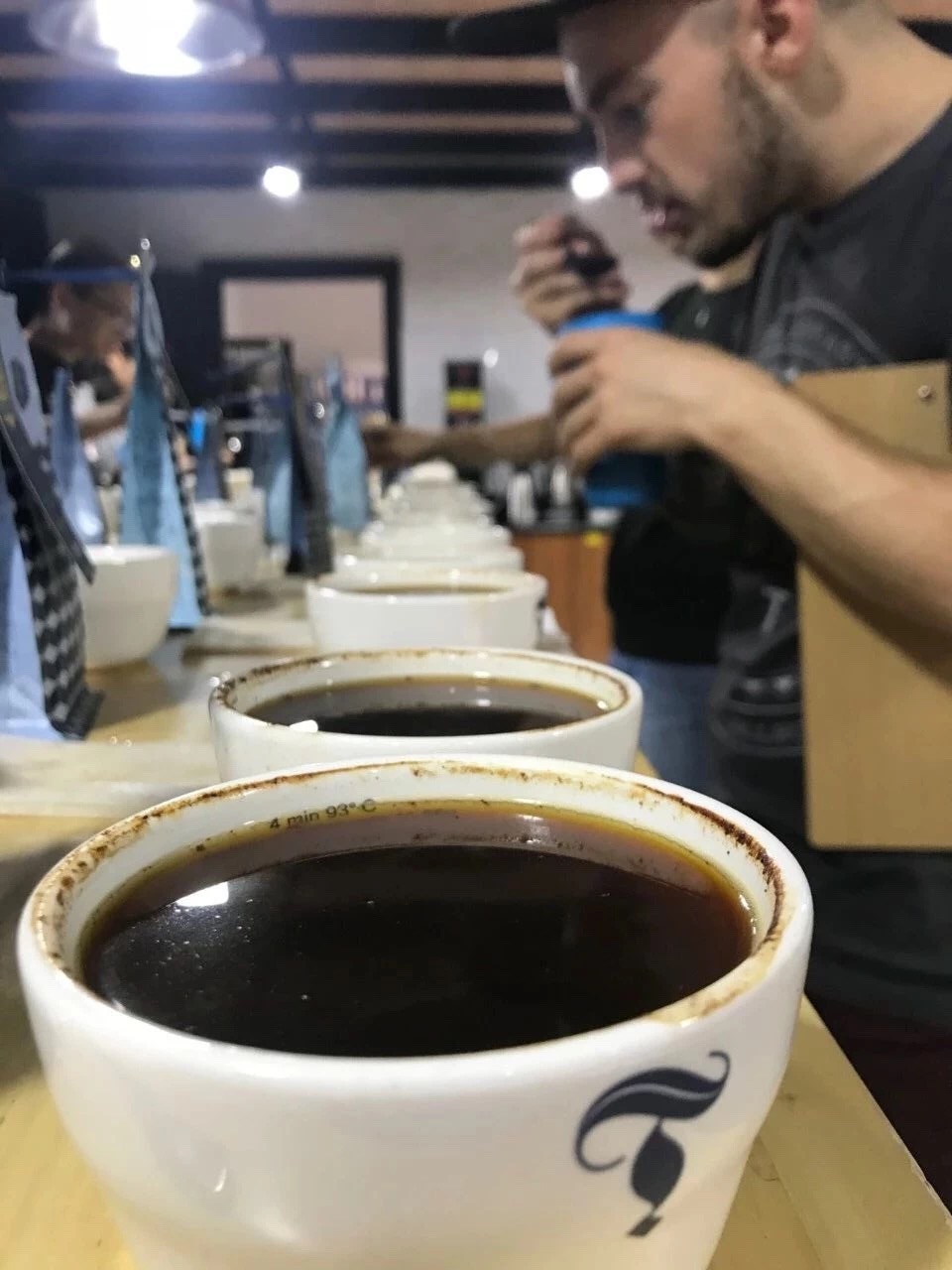When you decide to start coffee roasting, you are destined to walk on a difficult path. You need to have a strong body, keen senses, swift response, and much chemistry and geological knowledge. All of these qualities serve one purpose, to roast delectable coffee.
When coffee roasting you need to pay attention to several aspects. One of which is the profile of the green beans. The density of coffee is determined by the altitude of the coffee beans. Today we are going to talk about "hard beans" and "soft beans.” Each play a valuable role in the roasting results.
“Hard Bean” and “Soft Bean” are simply our abbreviations for two different densities of beans. Usually the beans in some producing areas at altitude between 1200 to 1400 meter are called hard beans (HB) however the classification system in each country is somewhat different. High altitudes usually have lower temperatures which can make the maturity cycle of coffee beans longer.
During this slow maturing process, the coffee will get a higher sugar content form a good quality organic acid bringing more flavor. Of course, altitude is not the only standard. We also need to pay attention to the latitude of the producing area, which is the distance from the equator. In addition to distinguishing density by altitude, we can also quickly and easily test the density of beans by using some simple tools. Measuring with a graduated cylinder, you can prepare a 1L graduated cylinder.
Then you pour the coffee beans into the graduated cylinder and weigh it. 700 g/L is a dividing line and if it is above this value we can call them hard beans. If it is below this volume we can call them soft beans.
Finally, we can also quickly identify by the middle line of beans. The middle line of hard beans is more tight, on the other hand, soft beans’ is more wide open. There are also varieties that are not affected by altitude. For example, maragogype is commonly known as the elephant beans. This variety of beans is very large in size and is relatively soft according to its low density.
Through the above content, we should have learned how to distinguish between hard and soft beans. Let’s take a look at how to roast. The hard beans are more compact and can withstand higher heat transfer letting us give a relatively high temperature to the beans at the beginning stage of roasting.
Then finish roasting at a medium to high temperature to give the beans enough heat so they can be fully developed. It ensures that the flavor of the coffee is adequately developed to avoid the sour or malt taste produced by insufficient roasting.
When the soft beans are roasted, avoid excessive heat supply that will cause scorching.
Scorching
This will make the coffee form a dry flavor of distillation such as: charred taste, smoky flavor, and etc. Or it will cause tipping, giving the coffee a grain-like flavor. Therefore we can start with a relatively low temperature for the hard beans and use a low to medium fire to roast the soft beans. The length of time of the same roasting will greatly affect the process.
Tipping
Beans at different altitudes mean that they have different densities. (Different varieties also will have an effect.)
In summary, the growth altitude of coffee beans will affect your roasting. What I want to emphasize is that there is no versatile curve or formula that allows you to roast high-density or low-density beans because there are too many variables in the roasting process.
Our suggestion is recommended under normal circumstances. I hope that the above content can really help everyone.















